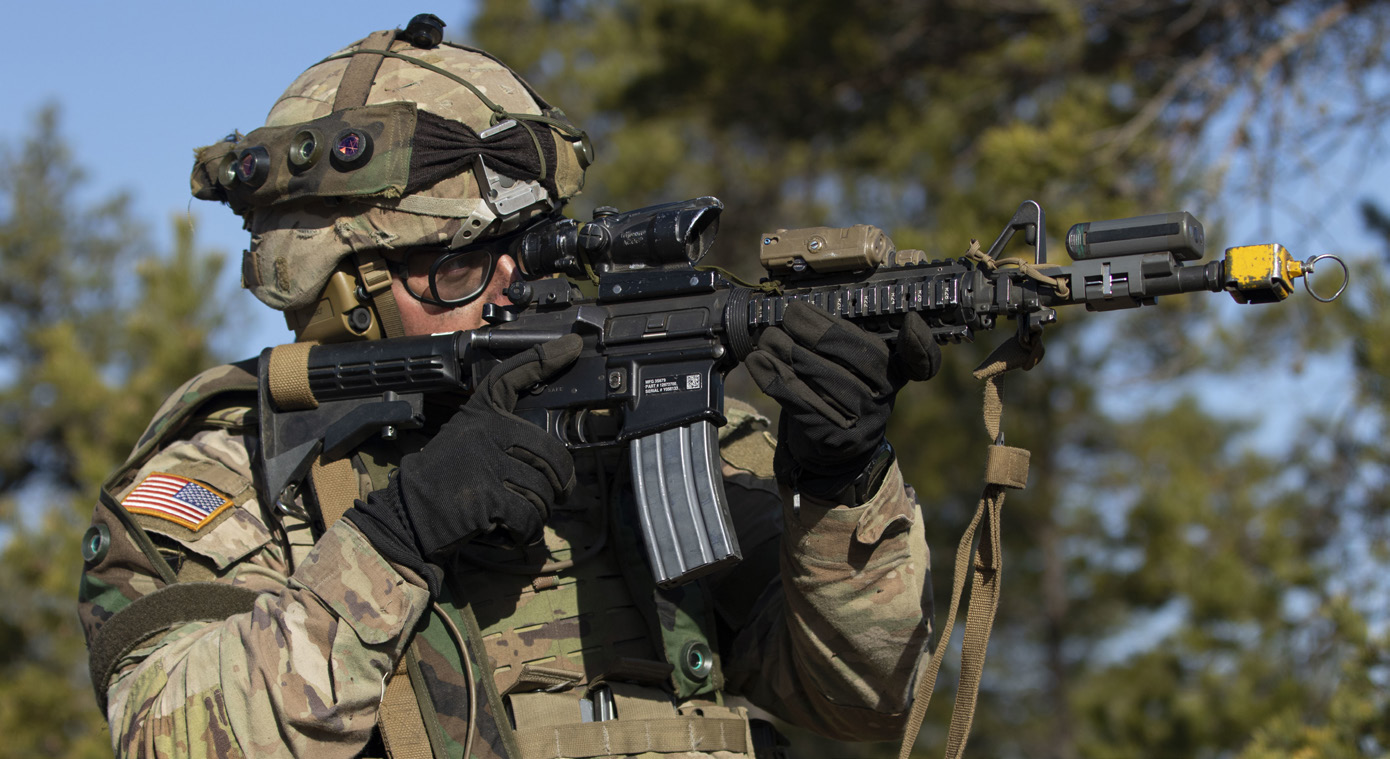Book Review
Barbarossa through Soviet Eyes: The First Twenty-Four Hours by Artem Drabkin and Alexei Isaev
By Retired LTC (DR.) Robert G. Smith
Article published on: October 1, 2024 in the Armor Fall 2024 Edition
Read Time: < 3 mins
Barbarossa through Soviet Eyes: The First Twenty-Four Hours by Artem Drabkin and Alexei Isaev; English text by Christopher Summerville; United Kingdom: Pen and Sword Books; 2012; 228 pages; table of contents, index, photographs, maps, order of battle and sources; $16 (hard cover), $2.99 Kindle. If there is such a thing as clickbait for folks in the Armor community, it is often the Ost Front of World War II. How can it not be when the most interesting tanks were there? When casualty figures were like those out of some pulp military science-fiction thriller? Soviet tank losses are somewhere estimated in the low 8,000s to more than 100,000 for a loss rate of perhaps 650 tanks per day.
It is for that reason, reading anything from truly the other side of the hill – comprised of fresh Soviet archival material – is bound to catch my immediate attention. Pen and Sword, a publisher of sometimes topics more off the beaten histography path, recently released Barbarossa through Soviet Eyes: The First Twenty-Four Hours.
Author Artem Drabkin catches your attention from the first, telling us that his father was an infantry-platoon commander in Barbarossa, wounded seriously but survived the war. Many of us can relate to hearing such tales as his father and his comrades related, as they are family history, though many veterans disclose little. Drabkin as a homage to the Lost generation of World War II-era Soviets created the I Remember Website (see https://iremember. ru/en/), a collection of some 4,000-plus Russian interviews and 400 of other nationalities, broken out by fields (confirmed to me in an email from Drabkin). Of course, we found the reminiscences of Russian tankers to be the most interesting, but the site won’t disappoint. (I can say that with some assurance, based on duty positions ranging from Military History Detachment commander, responsible for hundreds of interviews from the 9/11 Pentagon attack, through my Army and U.S. Central Command historian duties that lasted to my retirement during the Global War on Terrorism era.)

NIINISALO TRAINING AREA, Finland – U.S. Army SSG Zachary Sobeck, assigned to 4th Squadron, 2nd Cavalry Regiment, takes aim with his M-4A1 carbine, while conducting dismounted reconnaissance movements during Exercise Arrow 22 at Niinisalo Training Area, Finland, May 6, 2022. (U.S. Army Photo by SPC Garrison Waites, 5th Mobile Public Affairs Detachment)
The book has satisfactory maps. Compared to the maps in most books of David Glantz’s, they are easier on the eye, covering all three Wehrmacht army groups in Operation Barbarossa. The reader gets nine pages of various Russian figures, from Joseph Stalin down through the ranks. The overall resolution quality of the black-and-white photographs is quite good compared to many Soviet World War II photographs. The opening chapter “If War Comes Tomorrow” pulls no punches in discussing the army purges – led by the NKVD and instigated by Stalin – with a good graph detailing it. But with this opening chapter, we see the author’s inability to apply some rigorous discipline to “pruning” reminiscences.
This inability leads at times to several pages from soldiers. If this was, say, Dr. Craig Luther’s superb work on Army Group Center in Barbarossa – which is a hefty tome – that would be no problem, but as this work is under 200 pages, the lengthy anecdotical material begins to feel too much like filler. The reason, however, that you can’t fully dismiss Barbarossa through Soviet Eyes is that the author makes a valiant attempt to give us a Cliff Notes version of Barbarossa. The smattering of graphs and some heretofore-unseen pictures by this reviewer indicated to me that the author was not simply mailing in his work. So how does the verdict come down on Barbarossa through Soviet Eyes? To be fair to it, I read it twice, as my first gut reaction was one of ambivalence. It was better with a second reading. It is a tough balancing act to judiciously edit the interviews to extract the meaningful story line and not allow it to ramble.
The book doesn’t need a draconian edit, but perhaps more context could be given for certain vignettes and less overkill with better editing of the “I was there” that often wandered “lost in the woods.” Having said that, it is an interesting read even as you try and weed out genuine stories from those that perhaps still smack of Soviet regime think. Still, the story of modern warfare as told by these Russians is as timeless as Homer’s Odessey.
Author
Retired LTC (DR.) Robert G. Smith